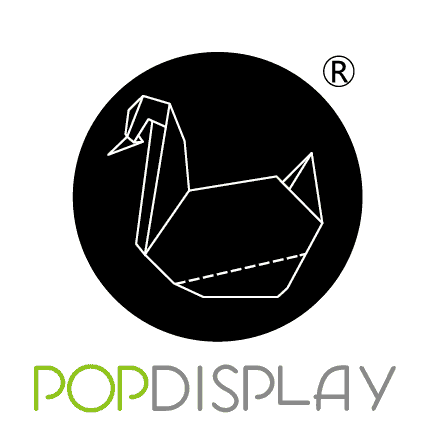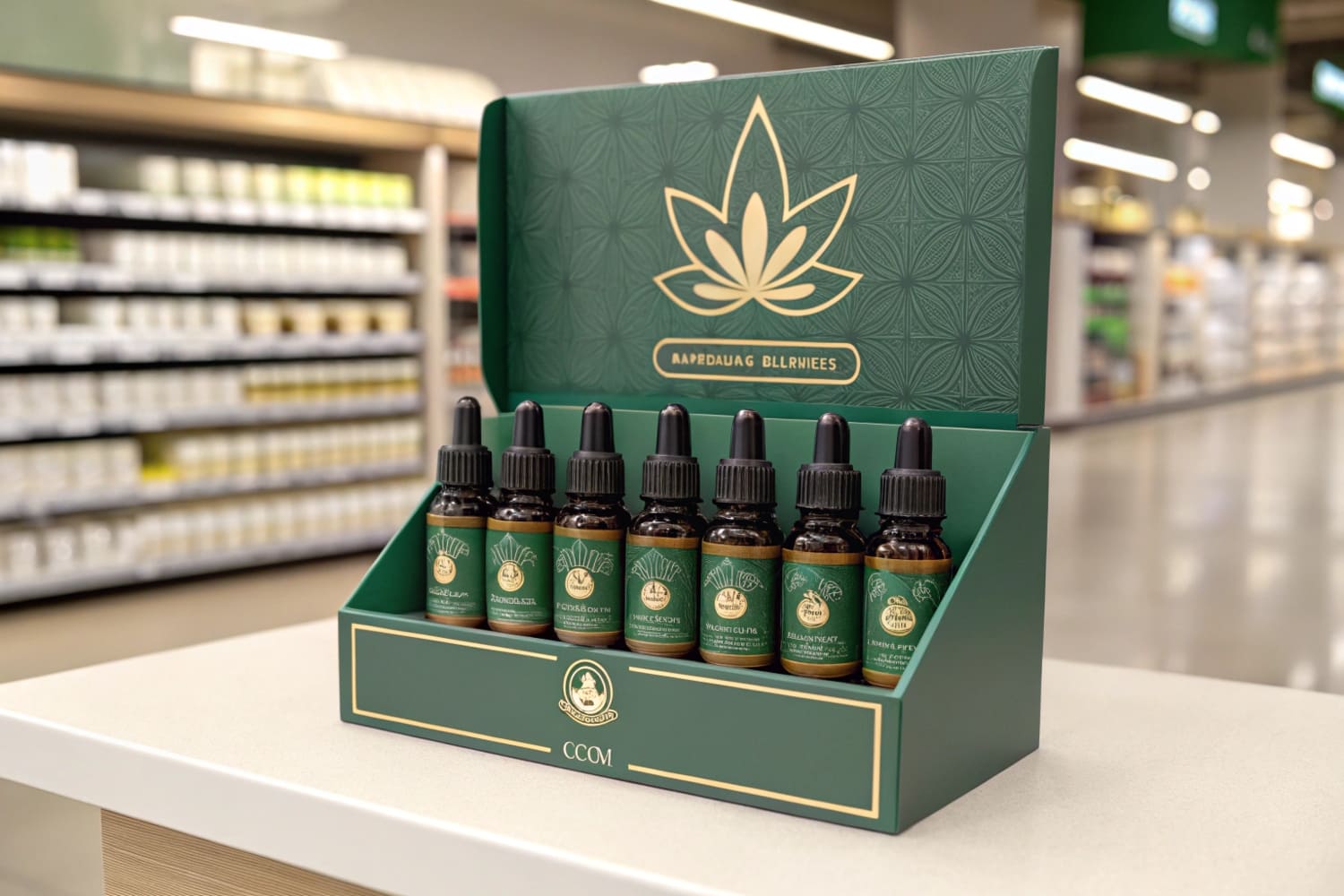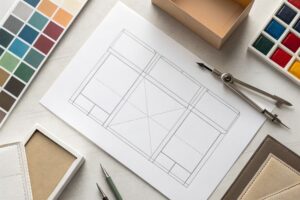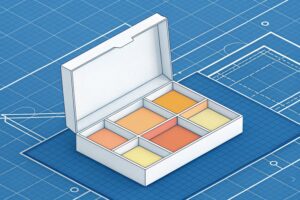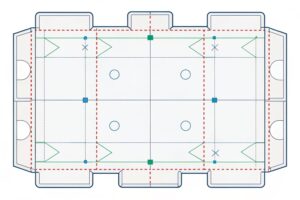I see shoppers move fast. I see them skip shelves. I also see them stop when a display grabs them.
CBD display boxes matter because they win attention fast, tell a clear product story, boost impulse buys near checkout, guide category education, and do all of this with low cost, short lead time, and strong brand impact.

I want you to keep reading because small changes in how you show a product can change your sales. I will keep it simple and useful. I will share what works in stores today.
What are the benefits of custom display boxes?
Shoppers see many products in seconds. They need a reason to look. They need a reason to trust. They need a reason to pick up your product now.
Custom display boxes increase visibility, speed up shopper decisions, fit store rules, cut logistics waste, and align with brand voice; they also lower cost versus plastic or metal while keeping print quality, strength, and fast setup.
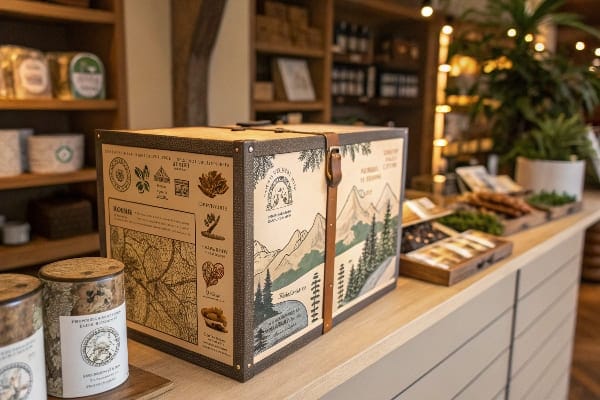
Why custom boxes change retail results
I work with Cardboard Displays every day at PopDisplay. I run three lines in a Shenzhen factory. I design, test, and ship displays for brands that sell in the United States, Canada, the United Kingdom, and Australia. I watch how a box shape can lift a sell-through rate. I have seen a small hunting tool brand add a hook tab and a bold copy block and then clear inventory in two weeks. I have also seen a beautiful but heavy stand fail because the base did not lock. I care about the details because small parts carry big results.
Core advantages
– Visibility and control: Custom sizes fit aisles, counters, pallets, or shelves. I match the display to traffic flow and eye height.
– Speed and cost: Corrugated and paperboard cut fast, print fast, and pack flat. I ship more units per pallet. I cut freight and time.
– Sustainability: I use recyclable boards and water-based inks. I help buyers hit retail sustainability1 asks in North America and Europe.
– Agility for promos: I swap headers, trays, and graphics for seasons and new launches. I do not change the base structure.
-* Strength by design: I test load and transport. I model single-wall vs. double-wall when weight demands it.
Where it fits in the market
The display market grows because brands need quick, low-risk tools. Floor displays take a large share for impact. Counter displays drive impulse. Pallet displays win in club stores like Costco. Tray displays organize shelves. I see faster growth in Asia Pacific because retail expands and e-commerce pushes PDQ needs. I see Europe set the pace on eco rules. I build with those asks in mind.
| Benefit | What I do | Why it matters |
|---|---|---|
| Visibility | Bold header, clean tray lip, large SKU callout | Shoppers notice and decide faster |
| Cost | Flat-pack design, short-run digital print | Lower MOQs, less freight |
| Speed | 3D render, prototype, quick change | Meet launch dates |
| Strength | Tab-and-slot locks, test jigs | Fewer field failures |
| Sustainability | Recycled board, water-based ink | Retail compliance, brand trust |
I keep the tone direct with engineers and buyers. A client like David from Barnett Outdoors needs clear lead times, strength data, and color control. I share test videos, ECT specs, and Pantone drawdowns before mass run. I prefer to lose money on the first prototype and win on repeat orders. That is my model. That is why custom boxes work for both of us.
What is a CBD box?
Many people ask me this in the first call. The term sounds vague. The use cases are not.
A CBD box is a branded carton or display unit designed for cannabidiol products; it protects items, explains benefits and legal notes, organizes SKUs, and follows retail and regional labeling rules.

The parts that make a CBD box work
I build CBD boxes2 for tinctures, gummies, balms, and vapes where allowed. The form depends on the store and the law. In pharmacies, I use compact counter displays with front lips that show batch and strength. In convenience stores, I favor PDQ trays with clear dividers so clerks can refill fast. In specialty shops, I add a tall header with a plain message like “Calm,” “Sleep,” or “Relief,” because simple claims help shoppers sort.
Key elements
— Structure: Tuck-end cartons for single units. Auto-lock bottoms for weight. Counter trays for 6–24 units. Floor POP for bundles.
— Info panels: I leave room for ingredients, dosage, warnings, and a QR code that links to COAs. I print batch areas blank for inkjet coding.
— Brand story: I keep the front face clean. I place one main benefit, one proof, and one trust mark. Too much text kills impact.
— Color control: CBD buyers look for calm tones or nature cues. I keep contrast high for legibility.
— Security and transport: I add dust flaps and snug inserts. I use outer shippers that convert into PDQ trays to speed setup.
Real store lessons
I once launched a counter tray for a sleep gummy line. The first version sagged after restocks because the middle wall was thin. I changed the flute direction and added a small bridge tab. The fix added almost no cost. Sell-through rose because the tray kept shape after many touches. Small changes build trust at the shelf.
| Part | Option | Use case |
|---|---|---|
| Unit box | Reverse-tuck, crash-lock | Light or heavier bottles |
| Insert | Die-cut, folded bridge | Keeps bottles upright |
| Tray | PDQ with tear-away front | Quick open at checkout |
| Header | Slotted or glued | Fast swap for promos |
| Outer shipper | RSC to PDQ | Lower labor in store |
CBD boxes are not complex when we follow a clear checklist. I start with product weight, count, and footprint. I map the shelf or counter size. I confirm claims with legal. I print a clean sample. I test in a real store when I can. I fix what breaks. Then I run.
What does CBD mean in packaging?
People use “CBD packaging” in many ways. I want to make the term clear so teams align.
In packaging, CBD means products that contain cannabidiol; the packaging must communicate benefits responsibly, follow local rules, protect the product, and support fast, clean retail display.

What “CBD” implies for design, print, and compliance
When I hear “CBD” in a brief, I know I must bring three tracks together: brand, retail, and rules. I do not write claims. I make space for them in a safe way. I do not certify COAs. I make them easy to scan. I do not set store policy. I design to fit it. I keep language plain so shoppers understand in one glance.
Design implications
– Plain claims3: I push short benefit tags and avoid medical phrases. I favor “Calm,” “Focus,” or “Sleep” rather than long sentences.
– Hierarchy: I keep the brand mark, benefit, and strength at the top. I move dense info to sides.
-* Icons and proofs: I add simple icons for vegan, THC-free, or organic when valid.
Print and material choices
– Board type: I use SBS or CCNB for unit cartons. I use corrugated for displays. I choose single-wall for most counter trays to balance strength and cost.
– Finish: I pick matte varnish to avoid glare under store lights. I avoid heavy plastic lamination to keep the pack recyclable.
-* Digital or offset: I use digital print for short runs and tests. I switch to offset for scale to cut unit cost while keeping color control.
Compliance and workflow
– Variable data4: I leave coded areas for batch and expiry. I test smudge with water-based inks.
– QR to COA5: I place the code on the front or side. I test scan distance at arm’s length.
-* Retail checks: I confirm age-gate, claim limits, and placement rules where the client sells. I size the header to not block sightlines at checkout.
| Area | What CBD implies | What I do |
|---|---|---|
| Claims | Clear, non-medical | Short words, big type |
| Labels | Batch, strength, warnings | Reserved panels, inkjet space |
| Traceability | COA access | QR code placement and test |
| Sustainability6 | Recyclable choices | Water-based inks, no film lam |
| Speed | Seasonal turns | Modular headers, fast change |
I helped a U.S. buyer hit a tight launch window after many delays with another supplier. I cut a new die that used fewer folds and no glue on the header. The setup time dropped. The store team liked the simple lock. We met the date. We won the next order. That is what “CBD” means to me in packaging: clarity, trust, and speed that respects rules.
Conclusion
CBD display boxes help shoppers notice, understand, and act. Clear design, strong structure, and simple claims build trust. Fast, modular, and recyclable packs win repeat orders.
Learn about the importance of sustainable practices in packaging and their effect on consumer trust. ↩
Explore this link to discover effective design strategies for CBD boxes that enhance visibility and sales. ↩
Explore this link to understand how plain claims can enhance clarity and compliance in CBD product packaging. ↩
Find out how variable data printing can enhance your CBD packaging’s traceability and compliance with regulations. ↩
Learn how QR codes can improve transparency and trust in your CBD products by providing easy access to Certificates of Analysis. ↩
Discover innovative ways to make your CBD packaging more sustainable, appealing to eco-conscious consumers. ↩
